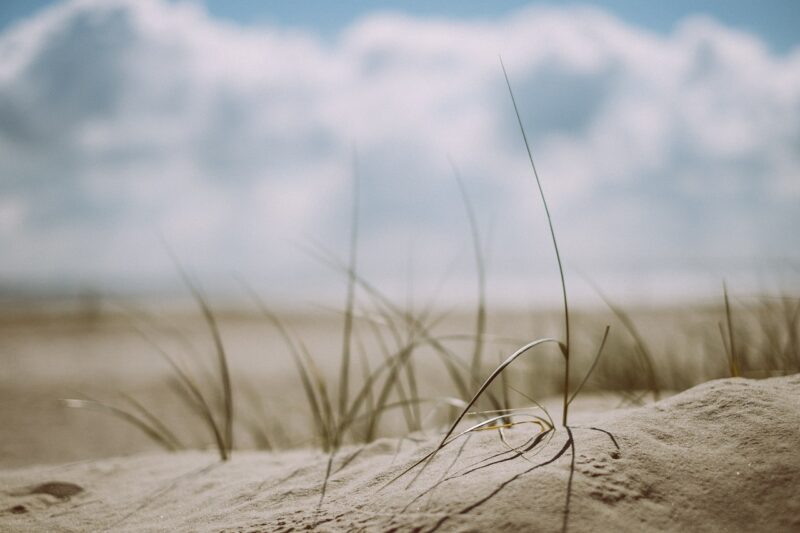The Importance of Sand in Coastal Ecosystems and Marine Life Preservation
November 14, 2024

Sand plays a pivotal role in shaping and maintaining coastal ecosystems, serving as an essential foundation for diverse marine life. From sandy beaches that attract tourists to intricate dune systems that protect sea life and coastal habitats, the significance of sand extends beyond mere aesthetics. This article unpacks the multifaceted importance of sand in coastal environments and its vital role in marine life preservation.
1. Understanding Coastal Ecosystems
Before delving into the importance of sand, it is crucial to understand what coastal ecosystems entail. Coastal ecosystems comprise dynamic interfaces between land and sea, including beaches, dune systems, estuaries, and coral reefs. They serve as vital habitats for a wide variety of organisms, including:
- Fish and shellfish that thrive in shallow waters.
- Birds that rely on coastal habitats for nesting and feeding.
- Plants that stabilize sandy soils and provide shelter for small animals.
As a substrate, sand contributes to the formation and sustainability of these rich ecosystems, fostering biodiversity that is crucial for the health of our oceans.
2. The Role of Sand in Habitat Formation
Sand serves as an essential habitat for many marine animals. For instance, various species of fish use sandy substrates as spawning grounds, ensuring successful reproduction. Some notable aspects include:
- Beach-Dwelling Species: Many organisms, such as crabs and certain mollusks, rely on sandy environments for their life cycles, with sand providing protection and nourishment.
- Dune Systems: Sand dunes act as barriers against storms and high tides, safeguarding both terrestrial and marine life along coastlines. Coastal vegetation on dunes plays a crucial role in preventing erosion and maintaining soil health.
- Coral Reefs: Though primarily composed of corals, the fine sands found near reefs play a part in protecting delicate coral ecosystems and providing nutrients to marine organisms that dwell there.
The delicate balance maintained by sand habitats ensures the survival of numerous marine species, emphasizing their importance to ecological well-being.
3. Sand as a Natural Filter
Sand not only forms habitats; it also acts as a natural filter for coastal waters. The filtration process is vital for:
- Water Quality: Sand traps pollutants and particulates that may otherwise compromise water quality, ensuring a cleaner environment for marine life to thrive.
- Nutrient Cycling: The interaction of water with sand promotes the cycling of nutrients essential for various marine organisms. Healthy nutrient levels contribute to more robust biological communities in coastal waters.
- Ecosystem Resilience: Healthy sands and sediments help ecosystems recover from disturbances such as oil spills or other pollution events, promoting resilience and quicker restoration processes.
This filtering capacity underscores how critical sand is to sustaining healthy coastal ecosystems by keeping them clean and nutrient-rich.
4. The Impact of Human Activities on Sand Resources
Despite its significance, sand resources face numerous threats due to human activities, which can adversely impact marine life preservation and overall coastal health. Key issues include:
- Sand Mining: Unregulated sand extraction for construction and development leads to habitat destruction, eroding beaches, and destabilizing dune ecosystems, adversely impacting wildlife and their habitats.
- Pollution: Coastal areas are often littered with waste and pollutants, which can smother sandy habitats and reduce their ability to filter water. Toxic substances can harm marine species, leading to reduced biodiversity.
- Climate Change: Rising sea levels and increased storm intensity due to climate change threaten coastal ecosystems, causing erosion and sediment loss that disrupts the delicate balance that sustains marine life.
Addressing these challenges is paramount for the preservation of sand-related habitats and the myriad forms of life they support.
5. Conservation Efforts: Protecting Our Sands
Many organizations and researchers recognize the pivotal role sand plays in coastal ecosystems and have initiated conservation efforts to protect these vital habitats. Some effective strategies include:
- Protected Areas: Establishing marine protected areas (MPAs) to safeguard critical habitats such as sandy beaches, dunes, and coral reefs is essential for maintaining ecological balance and ensuring effective marine life preservation.
- Sustainable Sand Extraction: Promoting responsible practices for sand mining that minimize environmental impacts enables sustainable use of sand resources while protecting coastal ecosystems.
- Public Awareness Campaigns: Educating communities about the importance of sand in coastal environments encourages responsible stewardship of local beaches and emphasizes the interconnectedness of biodiversity and human actions.
By supporting these efforts, individuals can contribute to the preservation of coastal ecosystems and the marine life that depends on them.
Conclusion
The importance of sand in coastal ecosystems and marine life preservation cannot be overstated. Sand habitats are pivotal to biodiversity, nutrient cycling, and water filtration, all of which contribute to the health of our oceans. However, human activities pose significant threats to these environments, calling for immediate action in the form of conservation efforts and sustainable practices. In safeguarding our sandy shores and associated ecosystems, we ultimately protect marine life, ensuring healthy and vibrant oceans for future generations to enjoy. Together, it is possible to cherish and protect the timeless beauty of coastlines while fostering the marine biodiversity that is essential for our planet’s sustainability.






